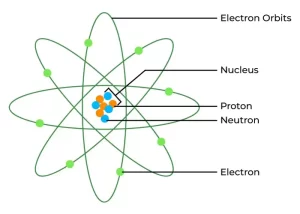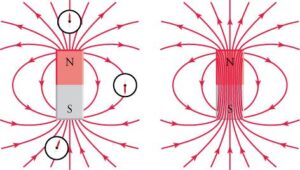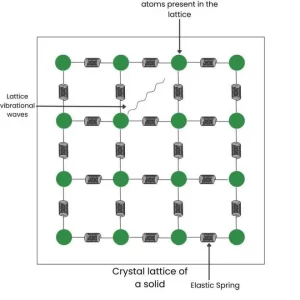Torque is a fundamental concept in physics that describes the rotational force acting on an object about an axis. It plays a crucial role in various mechanical systems, from simple machines to complex engines, and is essential for understanding rotational motion and equilibrium. In this article, we’ll delve into the definition of torque, explore its formula, provide examples to illustrate its application, and discuss its significance in physics.
Definition of Torque:

Torque, denoted by the symbol τ (tau), is a measure of the rotational force applied to an object. It causes an object to rotate around an axis or pivot point. In simpler terms, torque is the rotational equivalent of force in linear motion. Just as force causes an object to accelerate in a linear direction, torque causes an object to accelerate its rotation.
Mathematically, torque is defined as the product of the applied force and the perpendicular distance from the point of rotation to the line of action of the force. The magnitude of torque can be calculated using the formula:
𝜏 = 𝑟 × 𝐹 × sin(𝜃)
Where:
- τ (tau) is the torque,
- r is the distance from the pivot point to the point where the force is applied (also known as the moment arm or lever arm),
- F is the magnitude of the applied force, and
- θ (theta) is the angle between the force vector and the lever arm.
Examples of Torque:
- Opening a Door: When you push or pull on a door handle, you apply torque to the door around its hinges. The distance from the hinges to the point where you apply force determines the torque. Pushing farther from the hinges increases the torque and makes it easier to open the door.
- Using a Wrench: When tightening or loosening a bolt with a wrench, you apply torque to the bolt. The longer the wrench, the greater the torque you can exert with the same amount of force.
- Turning a Steering Wheel: When driving a car, turning the steering wheel applies torque to the steering mechanism, causing the wheels to rotate and change the direction of the vehicle.
Rotating a Screw: When driving a screw into a surface using a screwdriver, torque is applied to the screw, causing it to rotate and penetrate the material.
Applications of Torque:
- Engineering and Design: Engineers use torque calculations extensively in designing mechanical systems, such as engines, gearboxes, and industrial machinery. Understanding torque helps engineers optimise the performance and efficiency of these systems.
- Automotive Industry: Torque is a critical parameter in the automotive industry, especially in the design and operation of engines and drivetrains. Torque specifications are essential for determining engine power, acceleration, and towing capacity.
- Construction and Manufacturing: Torque is used in construction and manufacturing processes for assembling and fastening components. Torque wrenches and torque sensors are commonly used tools for ensuring proper tightening of bolts and fasteners to prevent structural failures.
- Robotics and Automation: In robotics and automation, torque sensors and actuators are employed to control the movement and manipulation of robotic arms and joints. Torque feedback allows robots to perform delicate tasks with precision and safety.
- Biomechanics: Torque analysis is used in biomechanics to study human movement and athletic performance. Researchers use torque measurements to understand muscle activation, joint forces, and movement efficiency in activities such as sports and rehabilitation.
In conclusion, torque is a fundamental concept in physics with diverse applications across various fields. Whether it’s opening a door, driving a car, or designing complex machinery, understanding torque is essential for solving problems related to rotational motion and mechanical equilibrium. By grasping the principles of torque, engineers, scientists, and designers can innovate and optimise systems for improved performance and efficiency.




